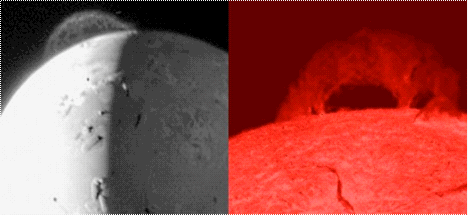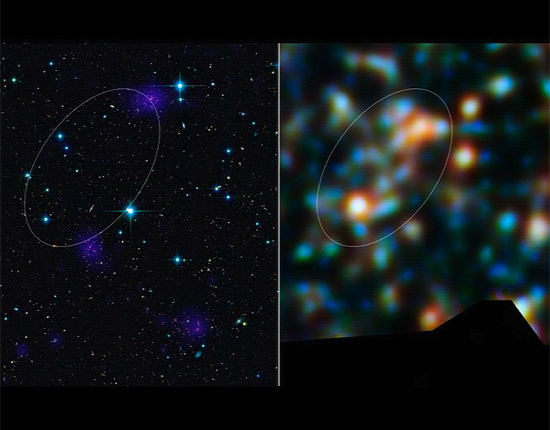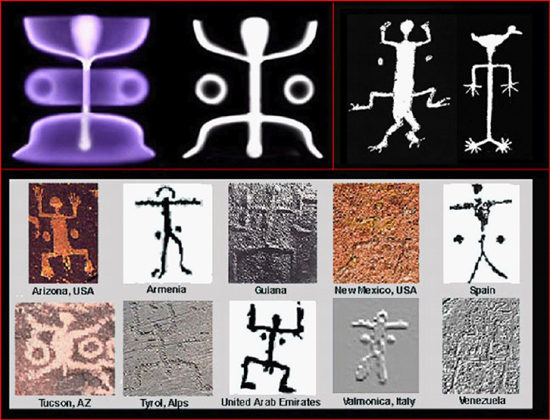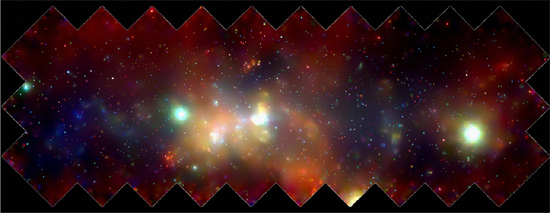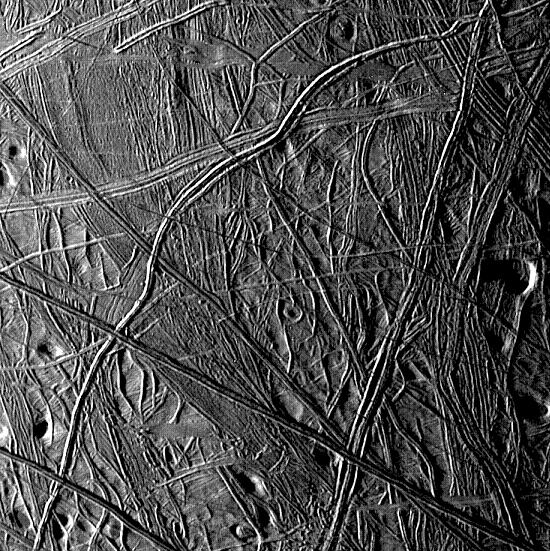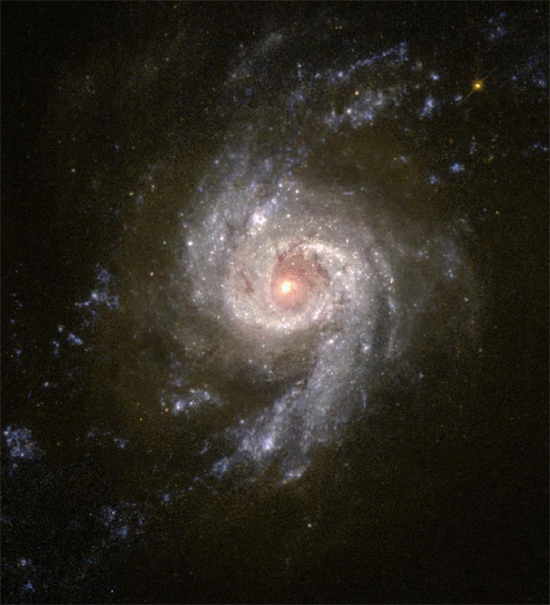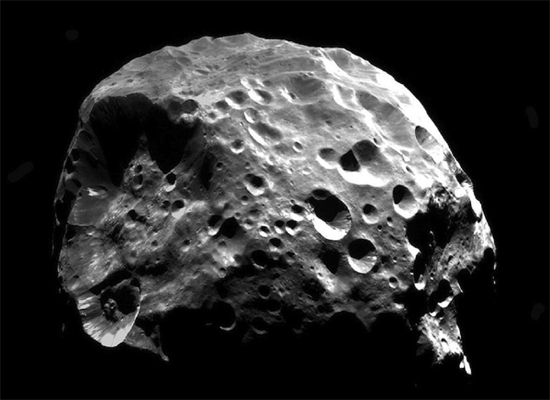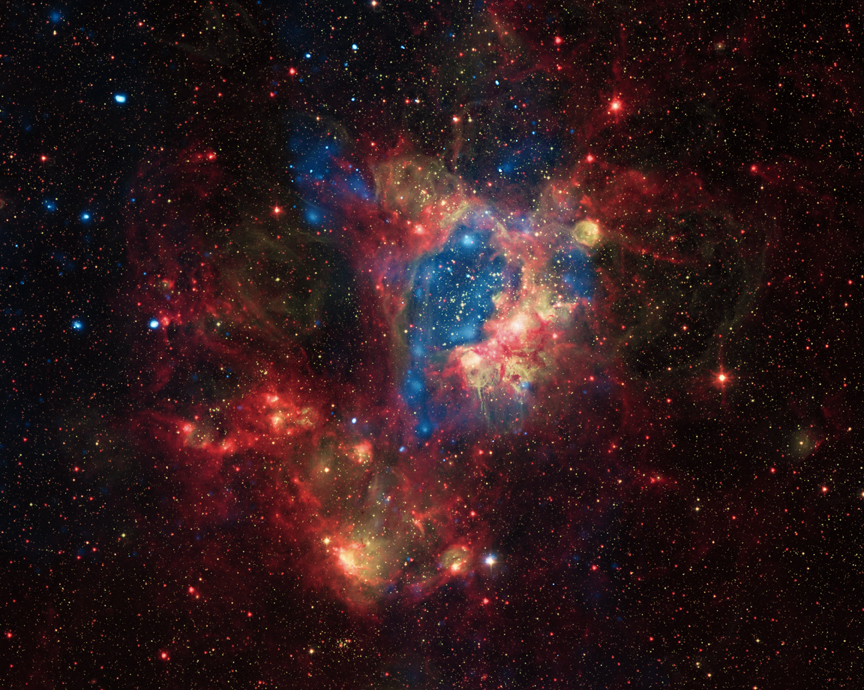X-1 Files
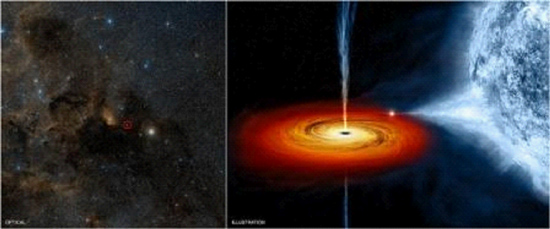
Nov 08, 2012 Without a theory of electricity in space, astronomers must explain cosmic lightning with theories of falling gas. To get x-rays from falling gas, the gas must be attracted to a source of gravity with orders-of-magnitude more force than any known density of matter. Nevertheless, with suitable…






